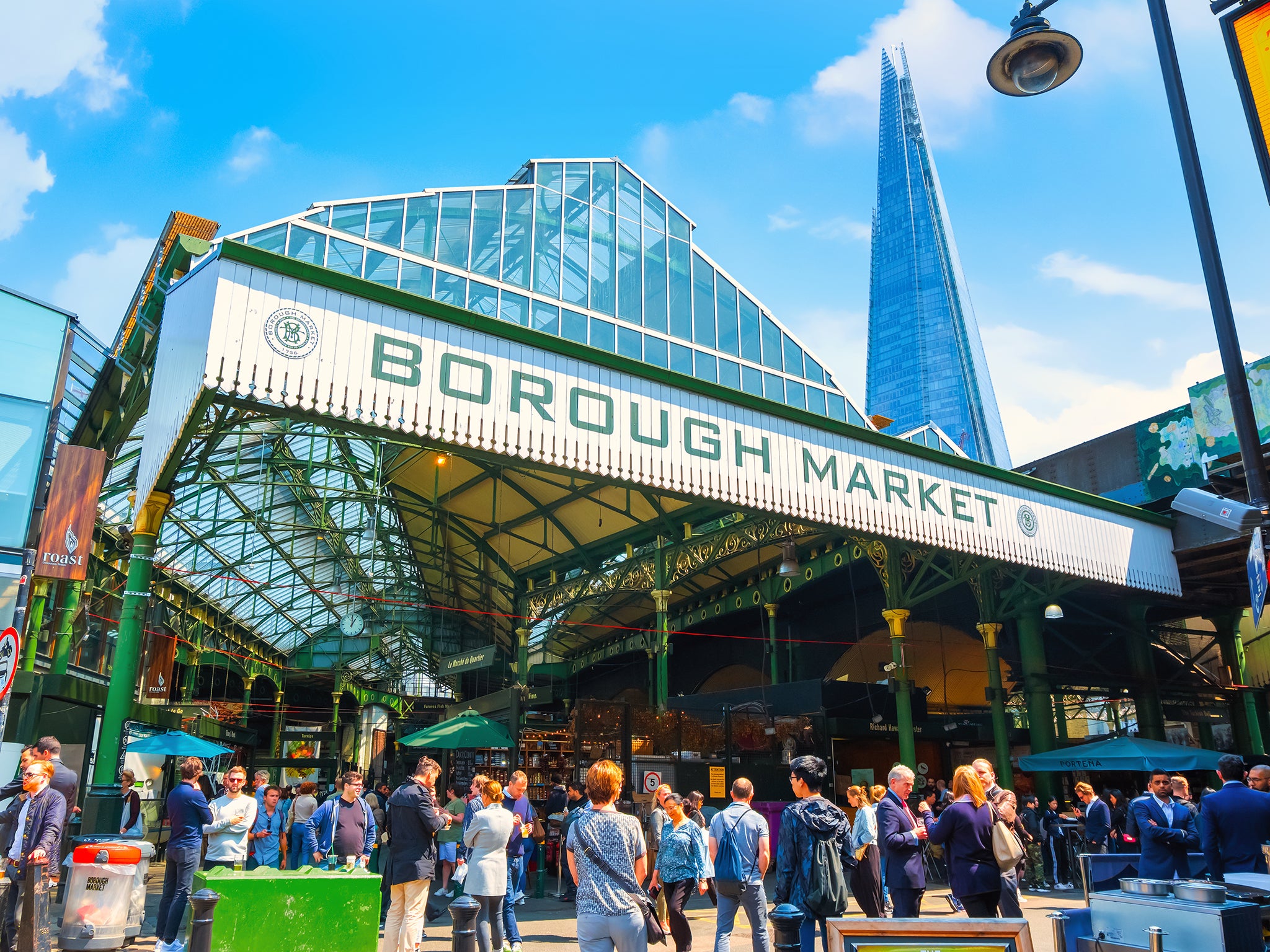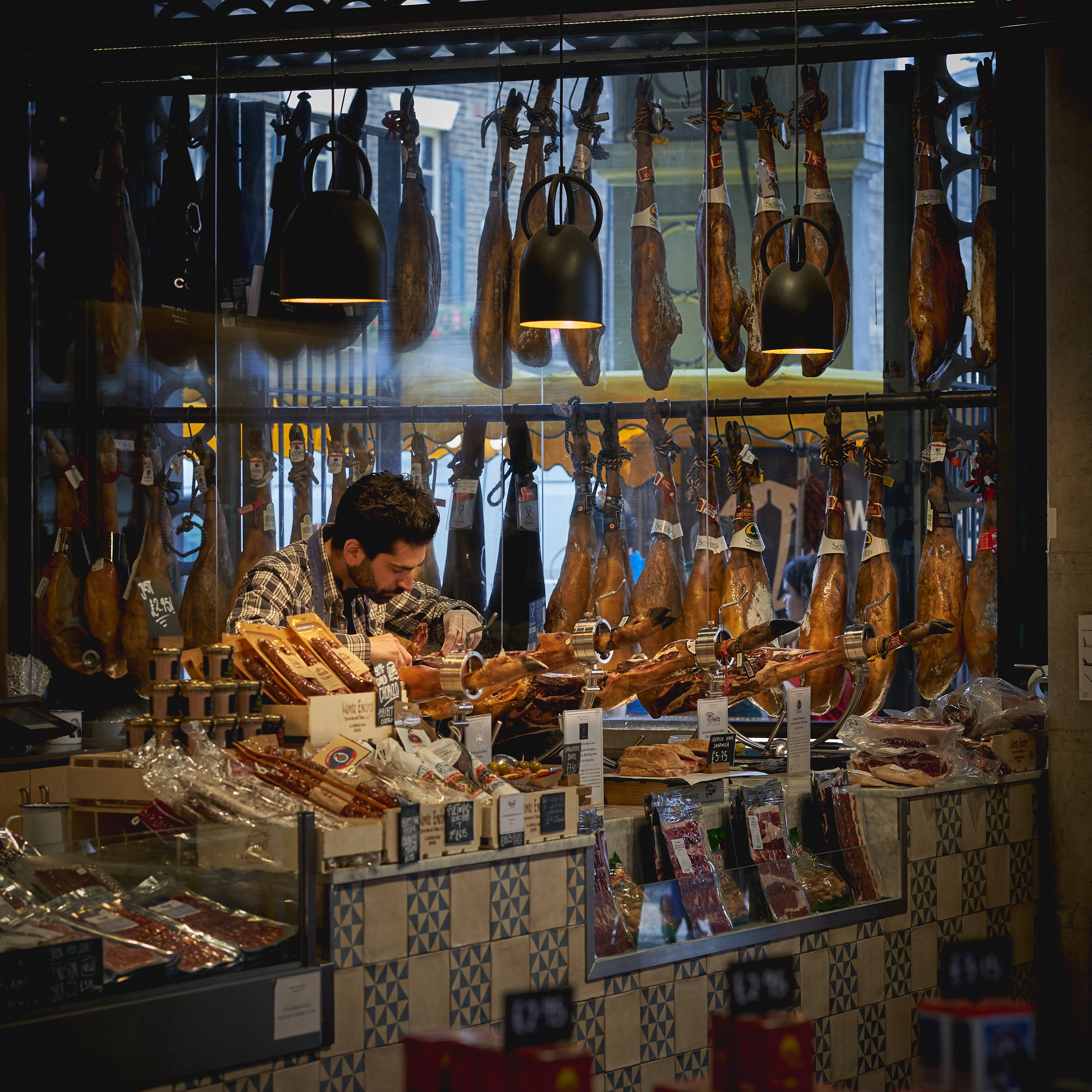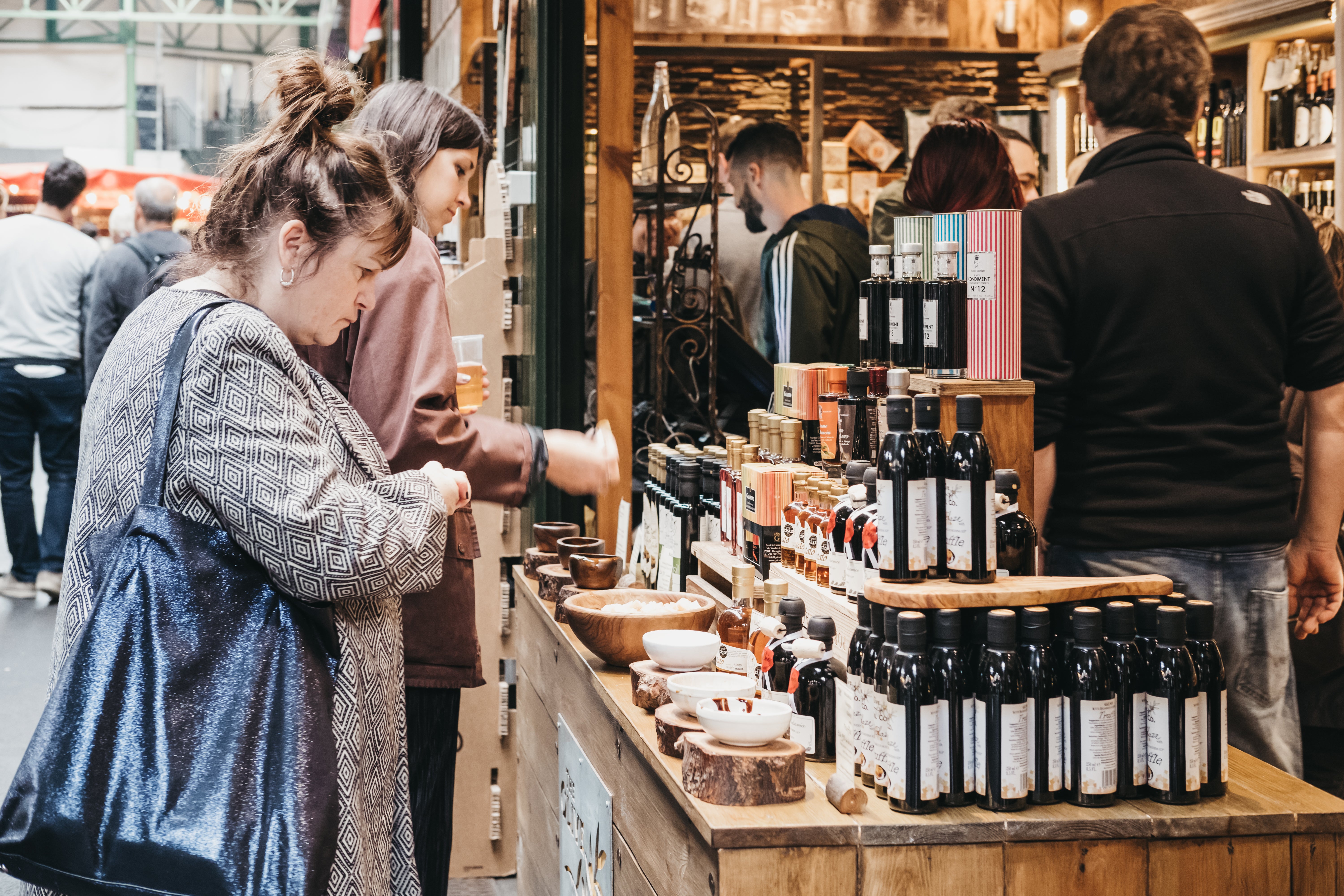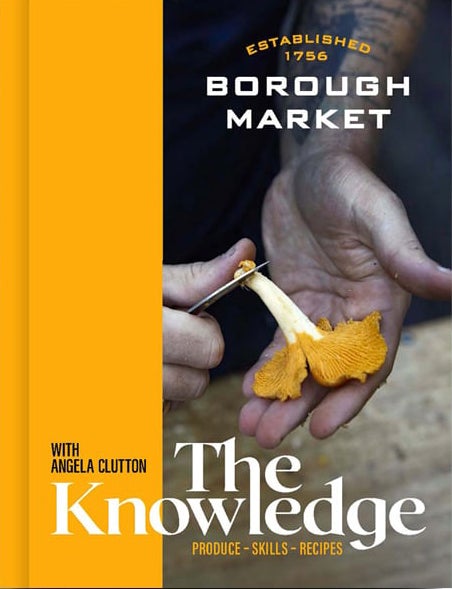A guide to the best seasonal produce available now
Navigating Borough Market can be intimidating at the best of times, let alone in the summer, its busiest and most colourful time of year. Mark Riddaway rounds up the best the season has to offer

Your support helps us to tell the story
From reproductive rights to climate change to Big Tech, The Independent is on the ground when the story is developing. Whether it's investigating the financials of Elon Musk's pro-Trump PAC or producing our latest documentary, 'The A Word', which shines a light on the American women fighting for reproductive rights, we know how important it is to parse out the facts from the messaging.
At such a critical moment in US history, we need reporters on the ground. Your donation allows us to keep sending journalists to speak to both sides of the story.
The Independent is trusted by Americans across the entire political spectrum. And unlike many other quality news outlets, we choose not to lock Americans out of our reporting and analysis with paywalls. We believe quality journalism should be available to everyone, paid for by those who can afford it.
Your support makes all the difference.Borough Market makes a lot of sense in the summer. Partly that’s because time spent in any outdoor space is markedly enhanced by it not being freezing cold. Partly it’s because people tend to be in good spirits when the sun’s out, which helps in an environment where so much personal interaction is required. But mainly it’s because the market food and the summer mood match each other so perfectly. Whatever it is you crave on a summer’s day, my experience is that this is where you’ll find it.
When the city swelters, we tend to cry out for light, bright foods rather than carb-heavy fuel. You probably want to eat simple dishes that don’t demand too much mental energy or too much time sweating over a stove. You may well want things you can eat with your fingers, outdoors in a garden or park. You definitely want an ice cream. In the warmer months, Borough Market abounds with the seasonal food you need to fulfill that brief.

To my mind, there are two types of seasonal foods: produce that appears at a specific point in the year and captures for a fleeting period the feeling of the season, and products that are available all year round but work in perfect harmony with the moment. There are plenty of the latter at Borough, thanks in large part to the cosmopolitan nature of the traders, who source incredible products from regions that are far more consistently sunny than ours, foods that taste amazing at any time of year but feel right in the summer. Thanks to them, it is easy to recreate that continental “grazing on some olives, soft cheese and charcuterie with a cold glass of wine and no shoes on” vibe, without having to brave the carnage of an airport.
To those ends, you’ll find unmatched Spanish jamón, French saucissons, pâtés and smoked or air-dried hams, and a treasure trove of regional cured meats from all over Italy, from the Tyrol mountains in the far north to the heat of Calabria in the deep south, via the pig-packed landscape of Emilia-Romagna. Among my personal favourites are prosciutto di San Daniele from the Italian region of Friuli Venezia Giulia – made in a similar way to Parma ham but with a shorter maturation period in a unique microclimate, resulting in softer, sweeter, more delicate meat – and The French Comte’s pork rillettes, which taste of holidays.
There are extra-virgin olive oils from small producers in Italy, Spain, Croatia and Greece (my favourites, by a whisker, being the Spartan oils from Oliveology), and Bianca Mora’s exceptional balsamic vinegars, any of which can turn simple green salads or hunks of fresh bread into something truly symphonic. There are beautiful cheeses, nuts, olives and tinned fish from a similarly wide range of sources. There are Melton Mowbray pork pies at Mrs King’s and Argentinean empanadas at Porteña. Not much of this is unique to the summer months, but all of it screams “picnic”.

Then comes the truly seasonal food. Through the summer months, British waters are teeming with mackerel, a richly oily fish that cries out to be simply grilled, then paired with the acidic flavours of gently pickled vegetables or sharp fruits. You’ll also find an array of flatfish, such as turbot and sole, whose delicate flavours work perfectly with light, summery sides. Red mullet, a fish the colour of rosé and summer sunsets, also comes into its own, as do Scottish langoustines, a sweet-fleshed but happily affordable member of the lobster family that, quite inexplicably, we’ve traditionally exported to France by the boatload rather than greedily keeping for ourselves.
The greengrocers will, as they do every summer, strain under the glut of all gluts: courgettes, which explode into season with shuddering force, and have to be harvested quickly before they can mature into vast, thick-skinned marrows more befitting of a village fete’s giant veg competition than a place on anyone’s plate. Sweet and juicy, they’re equally good shaved raw into a salad or braised into soft submission in a ratatouille. At Borough, they appear in a far wider range of colours, patterns, shapes and sizes than you’re probably used to seeing, all of which taste pretty much exactly the same but do much to beautify a plate.

I will, as ever, enjoy the brief visitation of fresh peas (10 times more gruelling to prepare than the frozen kind, but 10 times better to snack on when raw), the shelling of which is both a gift to the nostrils and an effective mindfulness pursuit. We’ll also see plenty of summer mushrooms arriving at the Market, particularly chanterelles (often known by their French name, girolles), which are plentiful in woodlands in France and Scotland. Angela Clutton, author of a new cookbook Borough Market: The Knowledge, which is out later this year, suggests eating them raw, the slices tossed in a vinaigrette of walnut oil, sherry vinegar and herbs, then served with a goat’s or blue cheese, of which there’s no shortage at Borough.
Then there’s all the stone fruits and berries, the chin-dripping, finger-staining joys of which have been undermined by the British food retail sector (and, by extension, the food production sector that serves it) evolving to sell us the exact same produce all year round. The best fruit is fruit that has been grown in soil, exposed to the elements, blasted by sunshine and picked when it’s ready, rather than being grown in heated greenhouses or polytunnels and artificially ripened with ethephon gas. An English strawberry bought in March isn’t going to taste good just because it’s English, and nor will it be good for the environment just because it’s English. For an English strawberry to taste as good as it should, it needs to have undergone natural processes honed over thousands of years through both natural selection and human ingenuity. Strawberries like that – and you’ll know one when you taste one – are only around for a few weeks of the year and are sold in very few places, as most our nation’s fruit is produced in industrialised conditions even in the height of summer.
The same is true of tomatoes, cherries, plums, greengages and damsons, all incredible when naturally grown and at their fleeting peak, but too often undervalued by the British food system, despite our array of native fruits and rich history of horticulture. Even at Borough, some of the best summer produce – fraises des bois strawberries, white peaches and nectarines from France, flat peaches from Spain – is brought over from countries where low-intervention farming remains more prevalent, meaning that the required levels of quality and sustainability are more readily found. All of it, in its sweet, sticky glory, tastes unassailably of summer.
Visit Borough Market at 8 Southwark Street, London, SE1 1TL, or find more inspiration and recipes online at the website, boroughmarket.org.uk.
Join our commenting forum
Join thought-provoking conversations, follow other Independent readers and see their replies
Comments